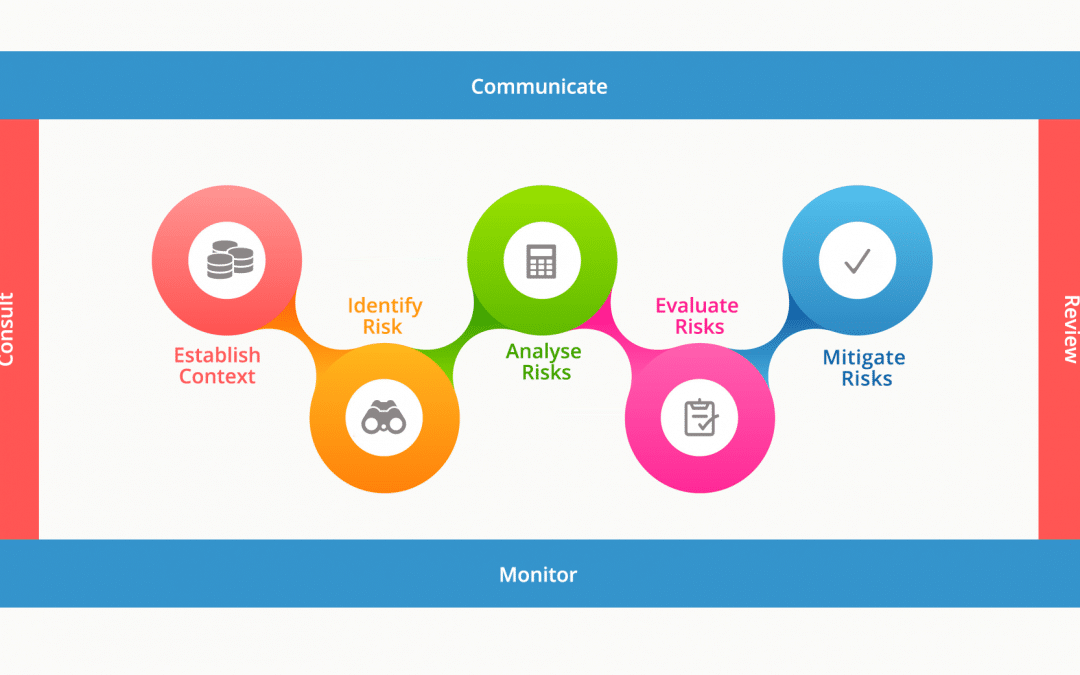In the world of SaaS, client acquisition begins with two things: an exceptional product, and an efficient sales team. But it doesn’t end there: excellent after-sales support is a strategic success factor. According to research, customer loyalty and satisfaction are rated on after-sales care as much as the customer’s experience with the product itself. As such, the main goal of the customer support team is customer success, which takes a long-term view of the customer experience beyond a single touchpoint, and considers the outcomes the customer is able to achieve using the product.
According to Thabo Monama, a Support Manager at CURA Software Solutions, when your product is software, your knowledge base and self-service infrastructure are pivotal factors in the customer experience. “You have to invest in a culture of service, software architecture ready to handle multi-tenant implementation and end-user support. Successful companies not only have great software but also have customer support built into their core processes. The extent to which customers can help themselves when they experience a software glitch or are simply confused factors into whether they renew their yearlong subscription or take their business elsewhere.”
Monama believes that there are three types of potential software providers can tap into to ensure corporate success through service excellence:
1. Differentiation Potential
Sooner or later, competitors can copy technical characteristics and as a consequence, products are becoming more substitutable, creating price pressure and less customer loyalty. However, companies can continuously distinguish themselves from their competition through service excellence, a customer-oriented service that is much harder to replicate.
2. Customer Loyalty Potential
During the operating life of a client’s engagement with software, after-sales service creates numerous critical touch points for customer interaction. Many contact points within after-sales, the so-called “Moments of Truth,” are particularly decisive for customer satisfaction and loyalty. Customers are likely to forgive a fault within software, but not poor after-sales service and expectation management.
3. Resale, Acquisition and Image Potential
Resale only works when companies win over customers with excellent service during the usage phase. Only satisfied customers will buy from the same manufacturer again. Moreover, these customers serve as cost-free brand ambassadors generating new and additional sales in the most efficient way. For this purpose, companies need to improve under the following dimensions:
Service Strategy: Success is derived from having a concise service strategy in place that aligns with your organisation’s corporate strategy in order to achieve objectives.
Service Portfolio: Over time, many companies have created a broad range of services. However, in that process, too many have neglected the fact that some services are not profitable, or simply not required by the customer. It is important that your company’s portfolio of services is tailored to each customer specifically, depending on their needs.
Service Organisation and Processes: Exceptional design of service processes is even more important for achieving excellence in after-sales. Service processes are excellent when they are fast, stable and cost-efficient. This can only be reached through a consistent orientation towards customer requirements, maximum reduction of unnecessary interfaces and optimal system support.
Monama concludes that successful after-sales service is an element of stability and a potential growth driver. “If you truly understand your customers—and you provide incredible service with every interaction—you’re going to create immense value for them, and, in turn, they’ll help you build a long-lasting and successful company.”


